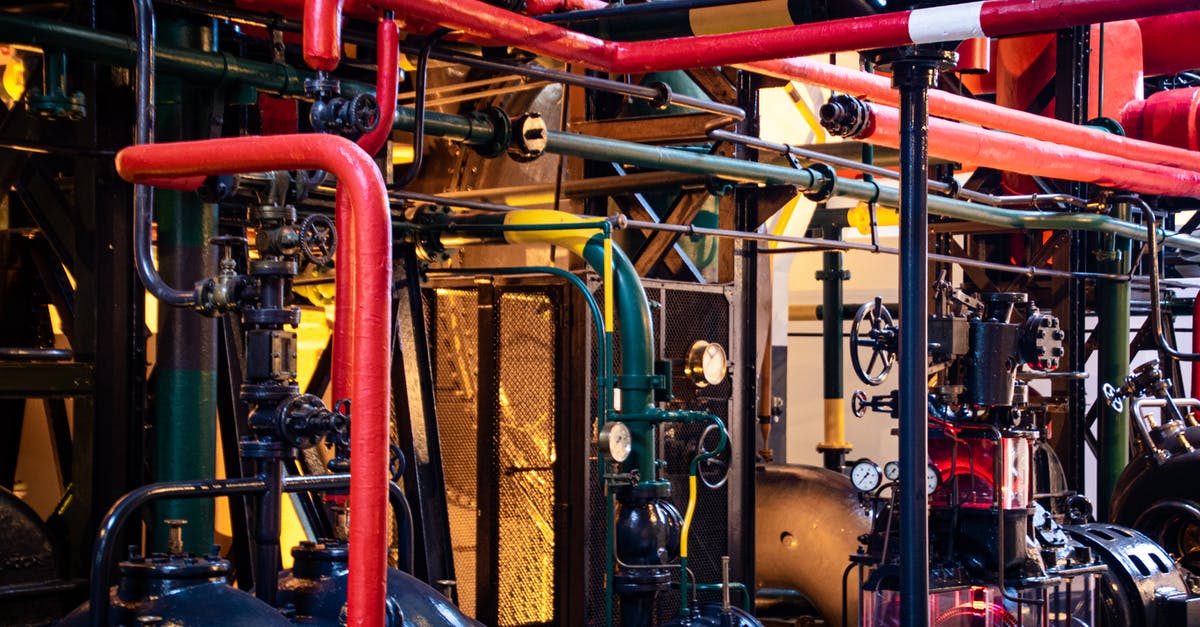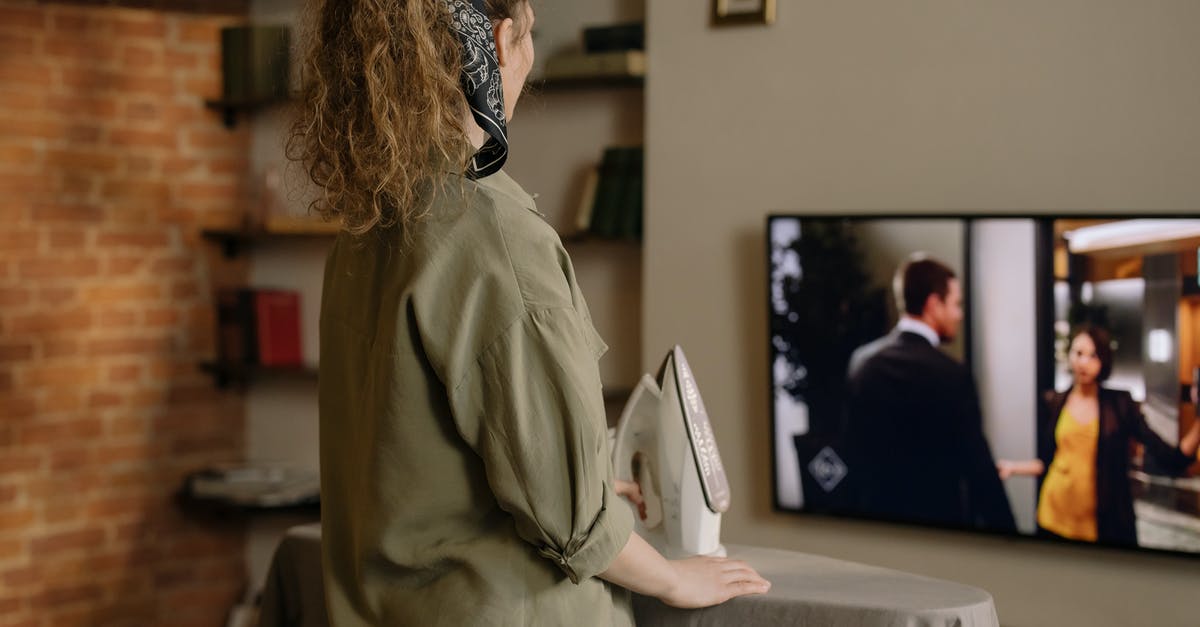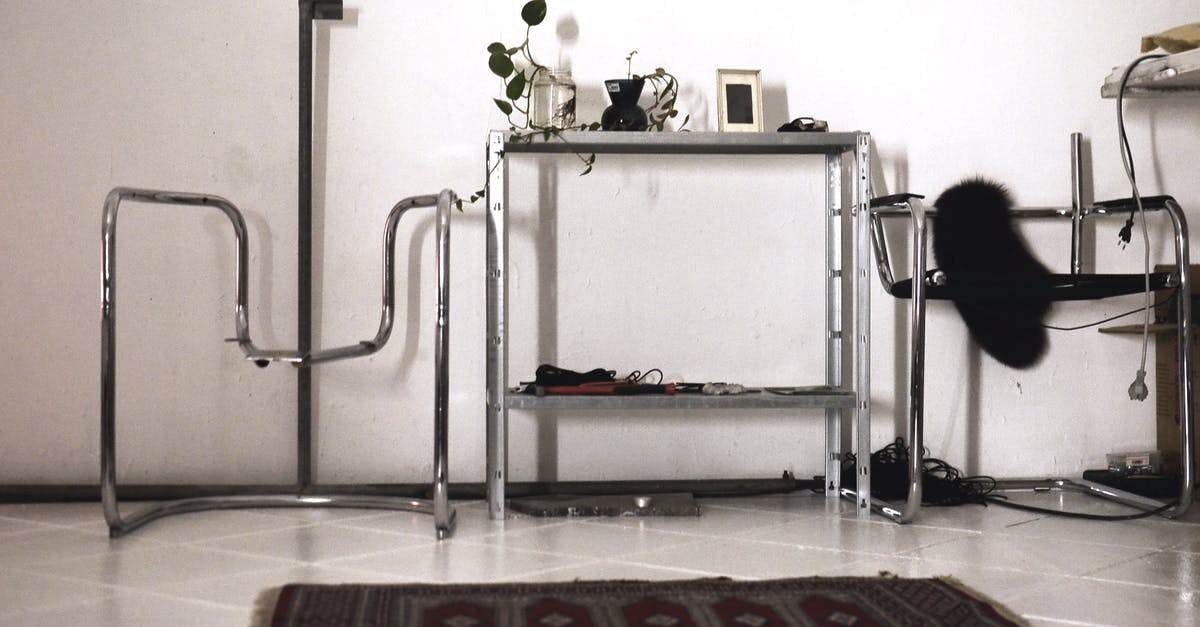How to clean and maintain cast iron lids

I have a number of cast iron lids that fit skillets, dutch ovens, etc. Most have the little cone-shaped spikes on the underside to collect and return moisture to the food.
I have no issues cleaning and maintaining my cast iron pans and pots, but I find the lids are prone to specific problems. Here are the two main ones:
(1) When simmering or baking with the lid on (or partly on), the underside of the lid gets exposed to a lot of water vapor which then condenses. The underside is therefore "attacked" by more excess moisture than any other part of my pots or pans. Over time, this tends to degrade the seasoning and can more quickly lead to rusting. With periodic oiling and reheating after cooking, I find that I really never need to do a complete re-seasoning of a pan (unless it gets damaged in some way). But seasoning on lids seems to degrade a lot faster, and it's next to impossible to do stovetop "maintenance seasonings" with a little oil because of the shape of the lids.
(2) When cooking over high heat in a skillet, I sometimes want to put the lid on. For example, one method I like to cook a cheap thick steak is to sear over high heat on both sides, and then turn off the heat and put the lid on to finish cooking (which is easier and simpler than heating up an oven to finish it). Anyhow, if the pan is hot enough, a significant amount of grease will rise in the closed pan and condense on the lid. The residue is difficult and annoying to clean because of the spikes on the lid. Another area that often gets build-up of grease is the small lip right on the edge of the underside of the lid. Neither the spiky area nor the lip lends itself well to scrubbing with salt or wiping with paper towels, which I commonly use to take care of the pans and pots. In just a few uses over relatively high heat, the grease will build up, leaving behind sections that are gummy and others that are hard to scrape off -- and it seems like it also can trap moisture sometimes that contributes even more to the problem mentioned above with degraded seasoning and even rusting. Unless I soak it in a sink with hot water and a lot of soap, it's very difficult to keep clean, and that will also degrade the seasoning more quickly.
In many cases, I've just given up and will use an ill-fitting random lid on cast iron rather than the traditional cast iron lids. But given that people can buy lids like this, there must be ways to maintain them without gummy grease build-up or spotty seasoning.
Is there a way to avoid or lessen these problems or to solve them in a straightforward way?
Best Answer
We use kosher salt to clean (still-warm) cast-iron by pouring in a handful then rubbing around with a (usually paper) towel. The kosher salt grain size is just right to be an abrasive for removing excess grease and other food particles, and you don't have to worry about it melting. Then a wash with hot water and a little soap to complete the washing, followed by a rinse. To avoid rust, we dry the pan by putting it on the stove, high flame, until the water has evaporated. We have to re-season the pan every once in a while (once or twice a year), but this method has worked well for us.
Pictures about "How to clean and maintain cast iron lids"



Quick Answer about "How to clean and maintain cast iron lids"
Everyday cleaning Be sure to let the cast iron cool first to avoid damage from thermal shock, which could warp or crack either the pot or the enamel. For everyday cleaning, use a non-abrasive sponge such as a Dobie sponge with hot water and regular dish soap.How do I keep my cast iron lid from rusting?
To avoid rust, we dry the pan by putting it on the stove, high flame, until the water has evaporated. We have to re-season the pan every once in a while (once or twice a year), but this method has worked well for us.Do you season cast iron lid?
Seasoning a Dutch oven cast-iron lid prevents it from rusting. Provided you take care of cast-iron pots and lids, they can last anywhere from 75 years up to 100 years. You may have to pay more, but it will last for generations. To season your lid, wipe it over with the seasoning oil of choice.Why is my cast iron lid sticky?
Sticky Surface If the seasoning in your pan is sticky, this is a sign of excess oil built up on the cookware. The Fix: To remedy stickiness, place the cookware upside down on the top rack of the oven and bake at 450-500 degrees F for one hour. Allow to cool and repeat if necessary.How do you season a cast iron Dutch oven lid?
Seasoning a new cast iron Dutch oven for the first time takes one to two hours. You preheat your oven or grill to around 425 degrees Fahrenheit or 220 degrees Celcius, clean the Dutch oven and dry it thoroughly. Rub oil over the oven bake it in an oven or grill for 45 minutes then let it cool for 30 minutes. Repeat.The Easy Guide On Seasoning and Restoring Cast Iron
More answers regarding how to clean and maintain cast iron lids
Answer 2
I was cleaning my cast iron last night. 3 pans, 1 grill/griddle pan, and the horrible lid. They do get disgusting. It has horrid build up all around the edges, and those terrible cone things. I had to give up before I could get it really clean.
Let me share what I do to clean my cast iron, including the lid. It makes them work like non-stick pans. They are seasoned, but not over so. I wash them with a scouring pad, currently 3M's biodegradable one, which I love. They last a long time. Then, to dry them, I put them on the stove. I only apply oil to them after the heat has been turned off. I use safflower oil, with a high smoke point. I then generously wipe the pan with the oil. I have found that maintaining them this way makes for much easier clean-up. We have food allergies, and we have to makes sure our cookware is clean.
One other idea for the lid, I've heard the thick Koser salt is good for cleaning cast iron, but I haven't tried it myself. I likely will later today, when I go back to tackling my disgusting lid. If it works, I will post another comment.
Answer 3
Used an oven cleaner, brushed it off with warm sudsy water, dry with patting (paper towel), re-oiled it with Veg oil, baked in oven at 300.
Answer 4
I feel your pain! I make stews, pan sauces (boiling), or like to use brown sugar/honey in some marinades then pan fry or grill. Then I am chiseling to clean (time consuming) or re-season (smoking up the house). I tried all oils. Finally gave in and tried vegetable shortening. What a difference and it doesn't leave the pans, pots or lids sticky. Since it remains solid at room temperature, it adheres better then oils. Just my opinion, don't want anyone jumping on me with technicalities. As I said, it works better for me.
I apply a thin coat of shortening and bake 20 mins, take out let cool (very important), reapply a few times. When it finally cooled again, I put another thin coat on the inside then wiped off with a paper towel. You could bake a few hours, I don’t have the time. After using, I rinse under hot water using a bristle brush NO SOAP (I know, I still cringe), then lightly wipe dry with a paper towel. While the pan is still warm I reapply a thin layer on the inside and wipe again. I keep a small tub next to the stove, leaving a little paper towel in it. You will notice after 4 or 5 times using the pan, you will not have to reapply the shortening as much. If it really gunked up from marinade, I will soak the pan with only room temp or hot water, without ill effects. You will know when to reapply the shortening.
If your lids are badly gunked up, you can use your oven self-cleaning cycle to strip it clean and then re-season. It's in the shortening I tell ya!!!
P.S. This also works for dulled non-stick pans. You can season on top of the stove, and use soap only on the outside of the pan. And I agree, kosher salt is great for scrubbing especially non-stick pans.
Sources: Stack Exchange - This article follows the attribution requirements of Stack Exchange and is licensed under CC BY-SA 3.0.
Images: Magda Ehlers, Skylar Kang, cottonbro, Skylar Kang
